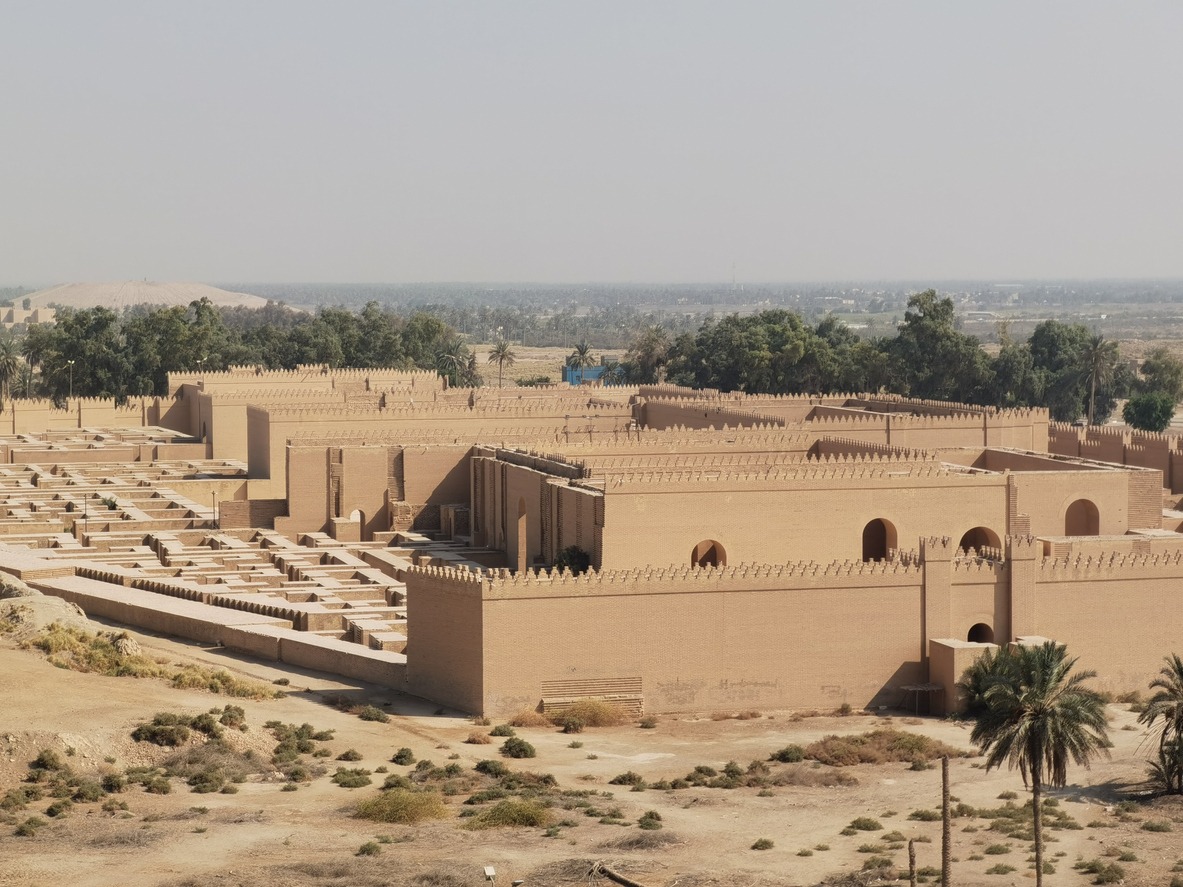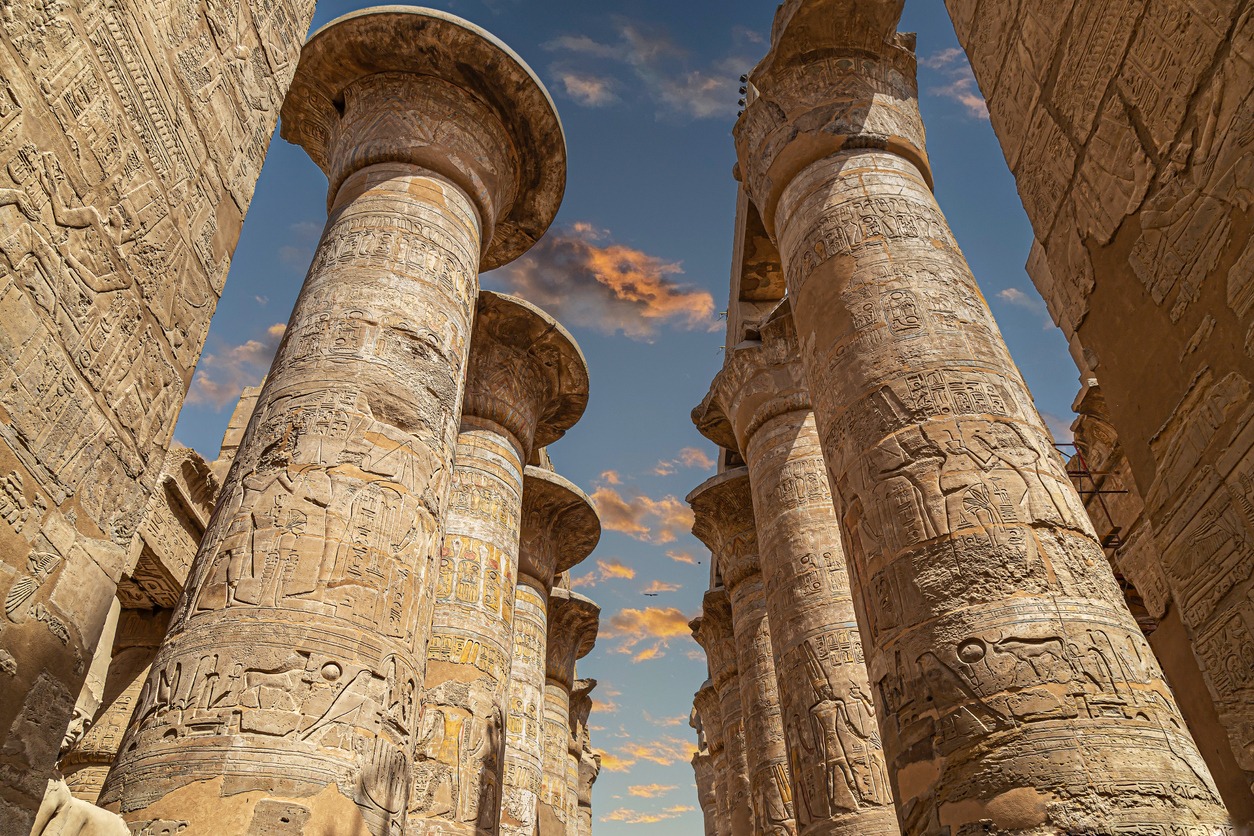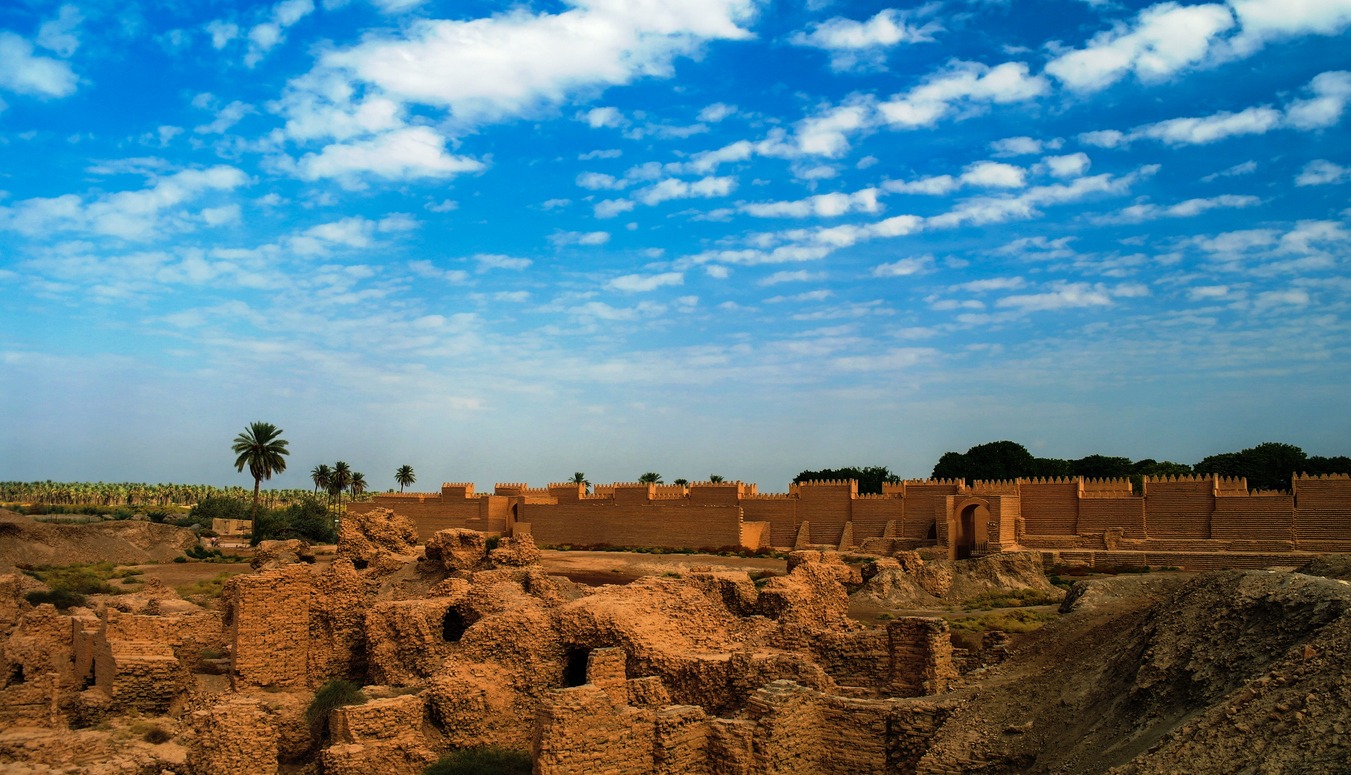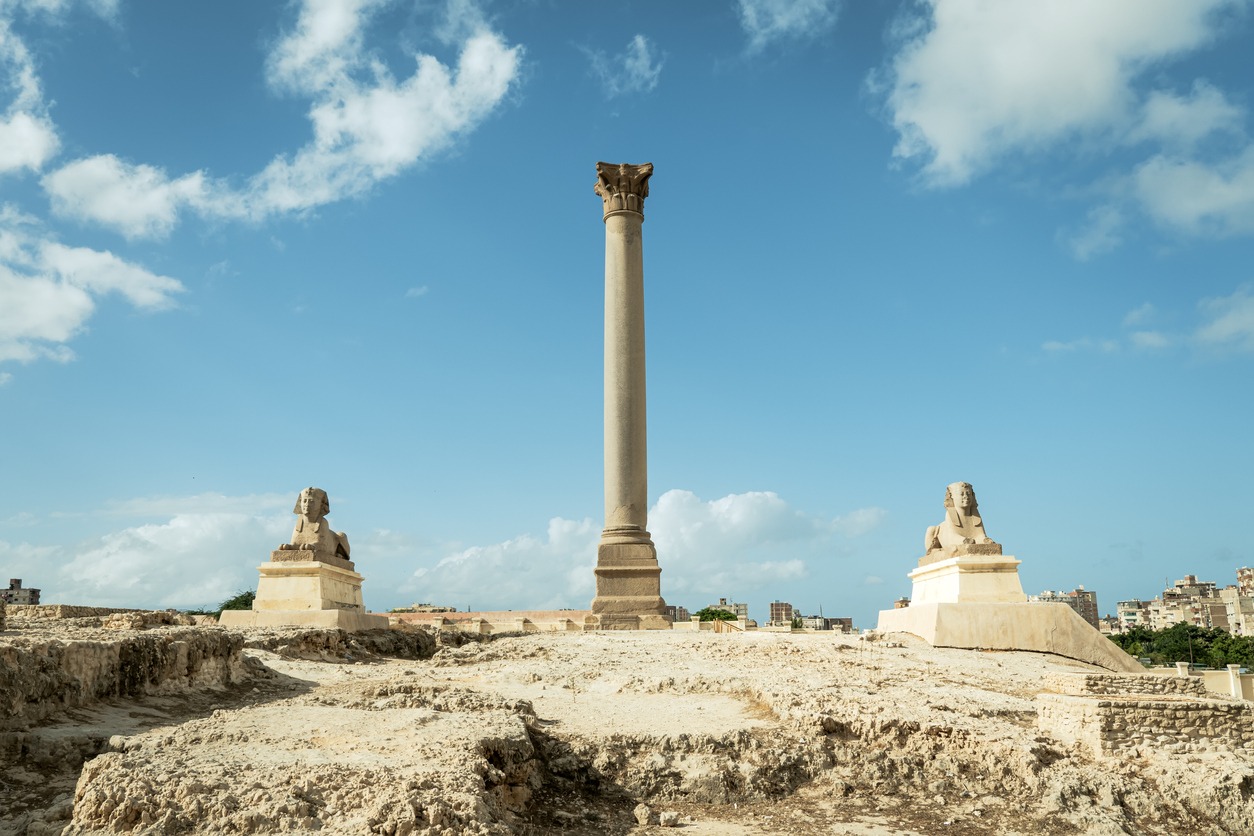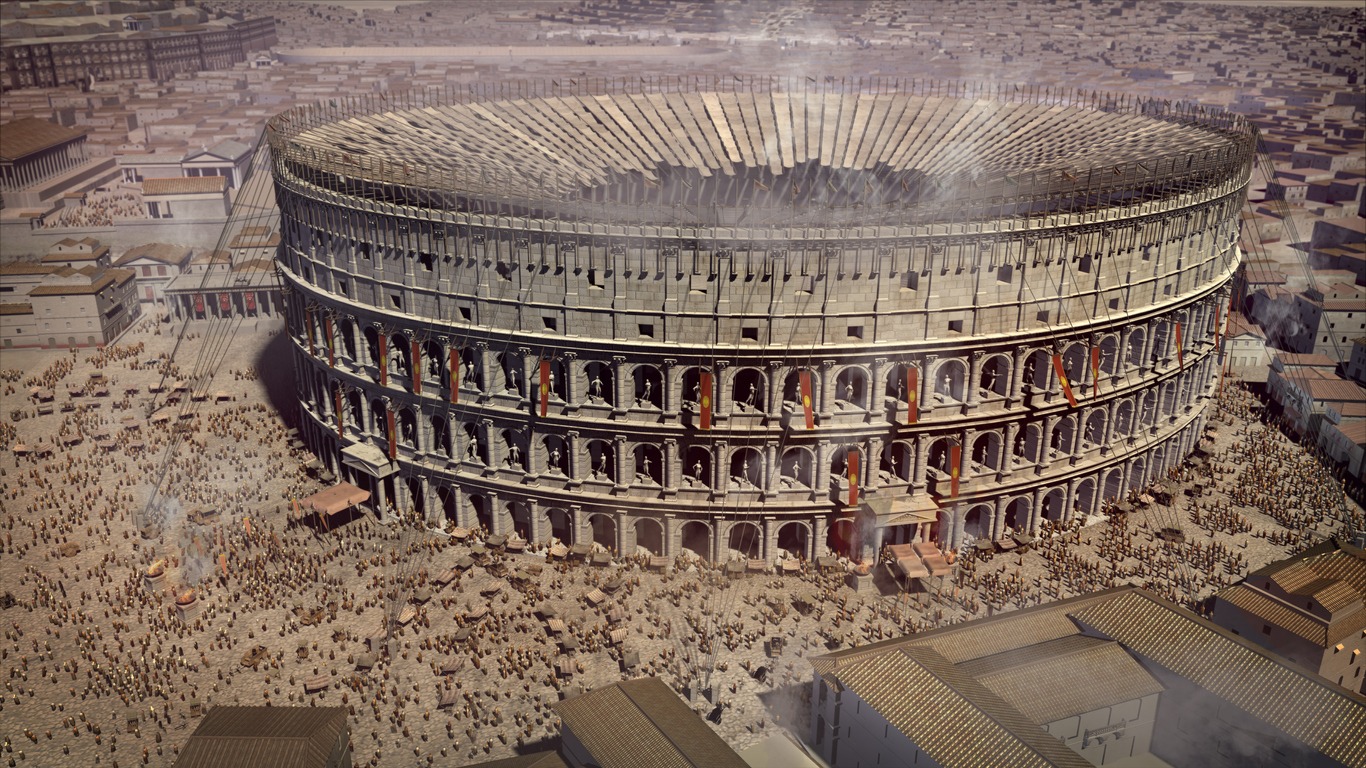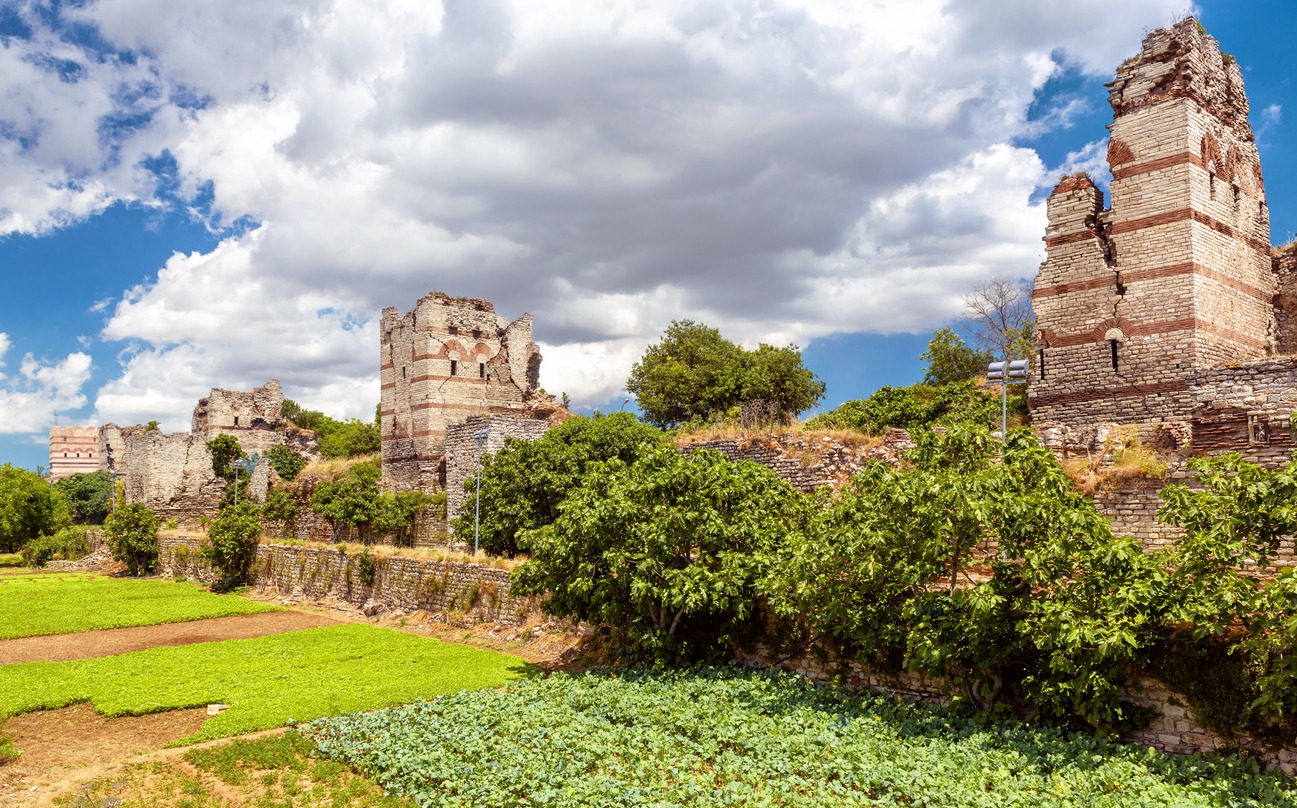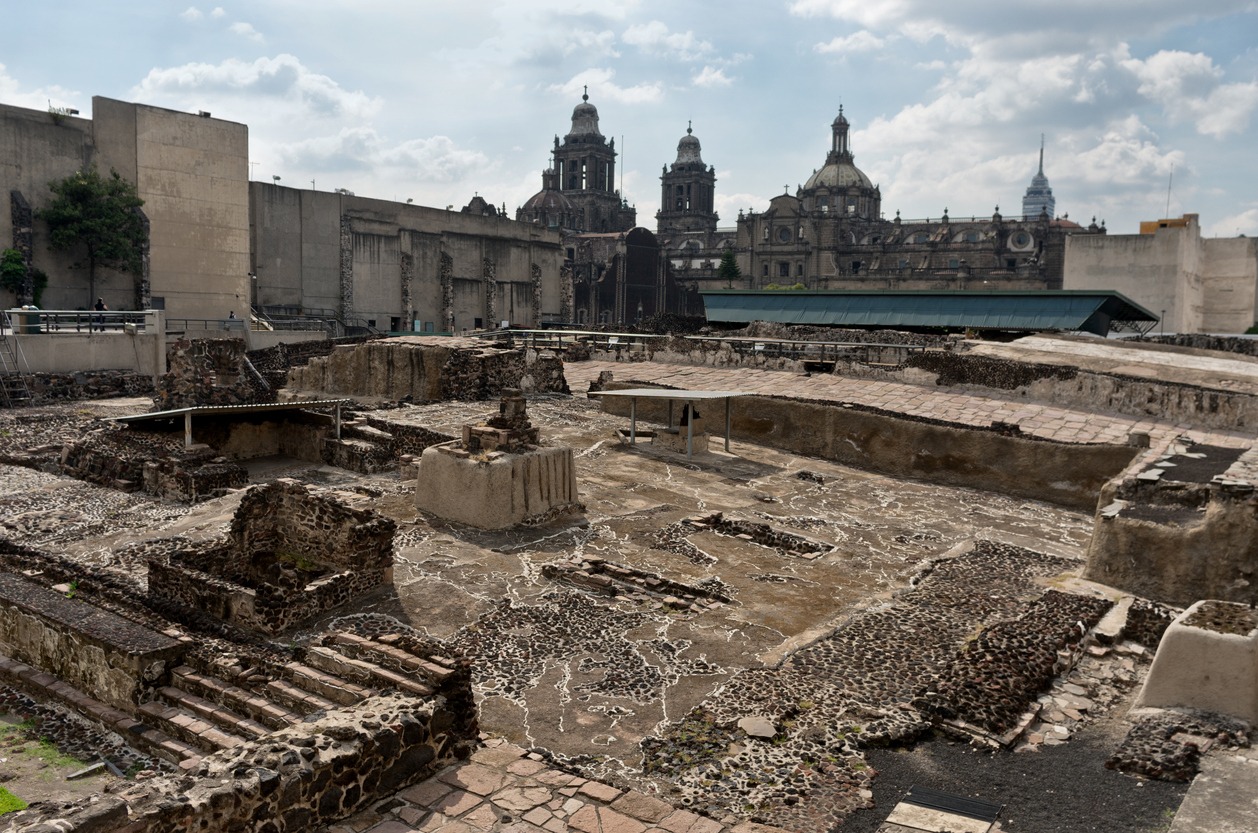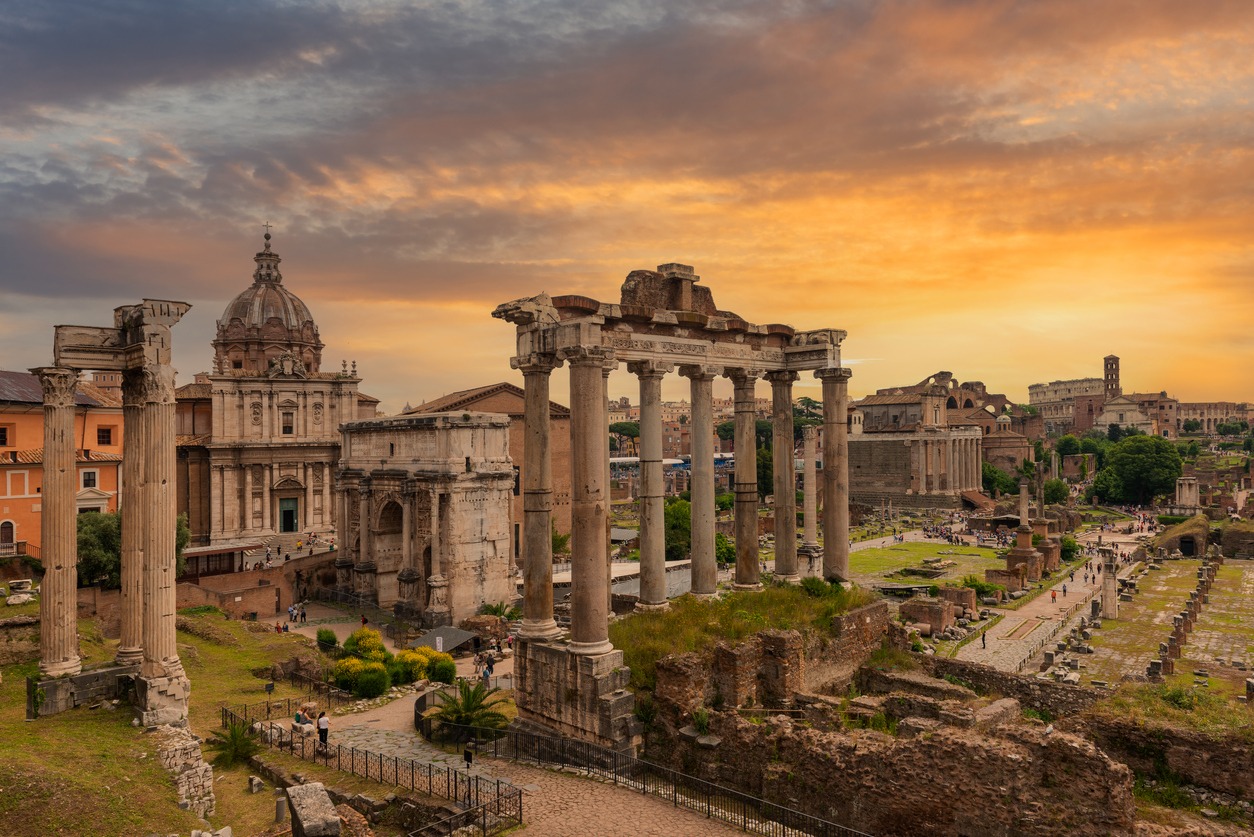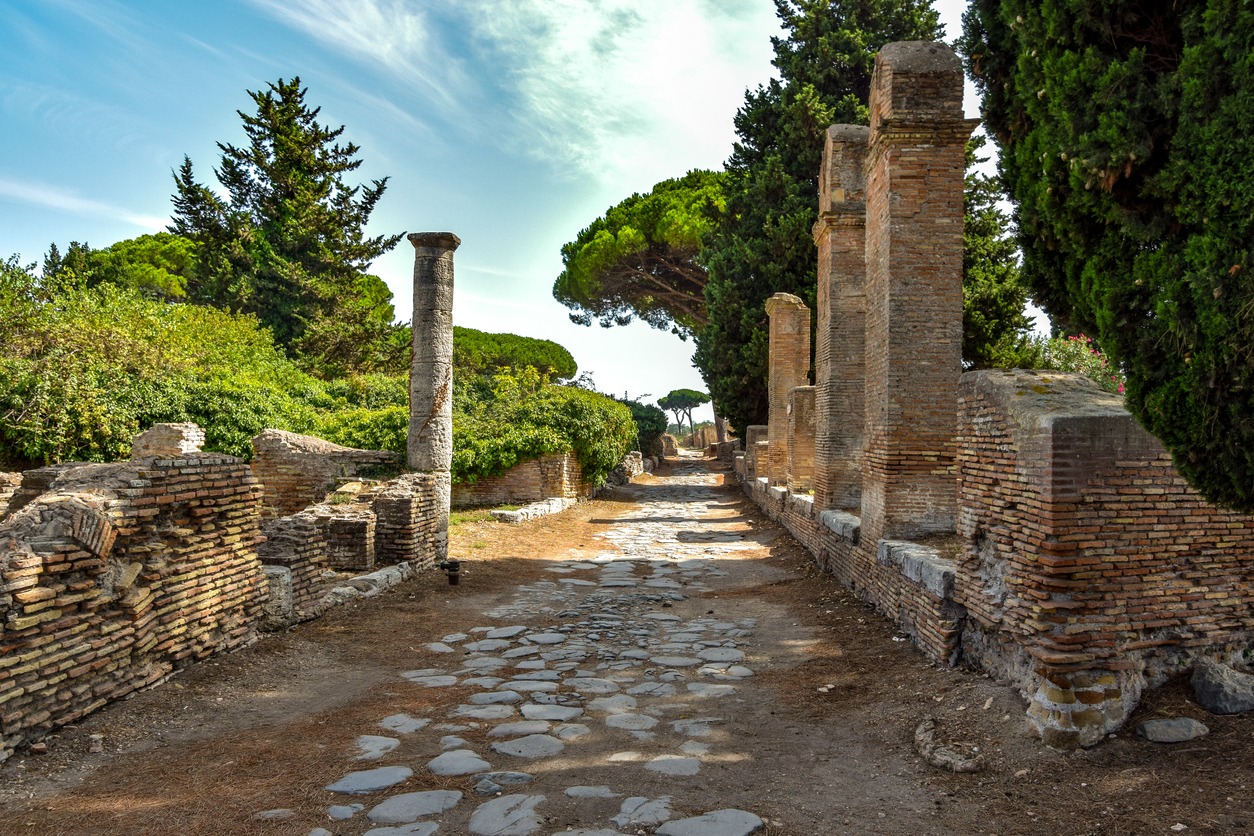In this article, we’ll take a journey back in time to explore the largest cities of the ancient world. These cities were not just centers of power and population but also hubs of culture, innovation, and trade. By looking at these ancient metropolises, we can learn a great deal about the civilizations that built and inhabited them and how they have shaped the world we live in today.
Our focus will be on several key cities that stood out in the ancient world for their size and significance. We will delve into the unique characteristics of each city, from architectural marvels to societal structures, and uncover the secrets they hold. This exploration will not only highlight the achievements of the past but also offer insights into the evolution of urban development and its impact on modern society.
Defining the Ancient World
In order to fully appreciate the grandeur of the largest cities in the ancient world, it’s essential to first understand the context and scope of what we refer to as the ‘ancient world.’ This term typically encompasses a vast period extending from the early Bronze Age (around 3000 BC) up to the fall of the Western Roman Empire in AD 476. It’s a time that witnessed the rise and fall of some of the most influential civilizations in human history, including the Mesopotamians, Egyptians, Greeks, and Romans.
The geographical scope of the ancient world in our discussion is equally broad. It spans across continents, covering areas known today as the Middle East, the Mediterranean basin, parts of Asia, and even early Mesoamerican civilizations. This expansive view allows us to include a diverse range of cities that were influential in different parts of the world.
When we talk about ‘large cities’ in ancient times, we’re referring to urban centers that were significant not just in terms of their physical size or population but also in their cultural, political, and economic influence. Measuring the size of these cities can be challenging due to the lack of precise historical records.
Estimates of population and area are often based on archaeological findings, ancient texts, and extrapolations of data. For example, a city that could house tens of thousands of people during that era was considered remarkably large, especially when compared to the generally small populations of surrounding settlements.
It’s also important to note that these ancient cities were advanced in many ways. They had complex infrastructure, including roads, temples, marketplaces, and sometimes even rudimentary plumbing and sewage systems. These features not only defined their physical layout but also their societal structures and day-to-day functioning.
In summary, defining the ancient world requires a broad look at a significant period in human history, spanning multiple continents and encompassing cities that were remarkable for their times. In the next sections, we’ll explore these cities in detail, examining their unique characteristics and the reasons they are remembered and studied so many centuries later.
The Largest Cities in the Ancient World
The ancient world boasted some of the most remarkable cities that have ever existed. These cities were not just large in terms of population and area but also in their cultural, political, and economic impact. Let’s explore some of these significant ancient metropolises:
Babylon
Babylon, once the heart of the ancient Mesopotamian civilization, was located by the Euphrates River in what is modern-day Iraq. Founded around 2300 BC, it became one of the most important cities in the ancient world. Babylon reached the pinnacle of its influence under the rule of King Nebuchadnezzar II in the 6th century BC. It served as a key political, economic, and cultural center, influencing surrounding regions with its innovations and grandeur.
Size and Layout
The city of Babylon was vast, especially for its time. It is estimated that at its peak, the city covered an area of about 200 square kilometers (77 square miles). This expansive size made it one of the largest known cities of the ancient world.
Babylon’s city plan was intricate and well-organized, a testament to advanced urban planning. The city was divided into several districts, with streets laid out in a grid pattern. The Euphrates River ran through the city, providing a natural division and water supply. Massive walls, considered one of the engineering marvels of the ancient world, surrounded the city. These walls were wide enough, according to some ancient sources, to allow a four-horse chariot to turn around on them.
Population Estimates
Estimating the population of ancient cities is challenging due to the lack of precise historical records. However, based on the size of the city and archaeological evidence, scholars have made educated guesses. It is believed that at its zenith, particularly during the Neo-Babylonian period under Nebuchadnezzar II, Babylon could have had a population ranging anywhere from 200,000 to over 1 million inhabitants.
This range would have made Babylon one of the most populous cities of its time. The large population was supported by an advanced agricultural system in the surrounding regions and an efficient distribution of resources.
Economic and Social Aspects
The large population of Babylon was diverse, comprising not only native Babylonians but also people from various parts of the Mesopotamian Empire and beyond. This diversity contributed to Babylon’s rich culture and thriving economy.
The city was a major trade hub, connecting different parts of the empire and facilitating trade routes across regions. Markets in Babylon were bustling with traders and merchants dealing in goods from across the ancient world.
Architectural Marvels and the Hanging Gardens
One of the most enduring symbols of Babylon’s grandeur is the Hanging Gardens, which were said to be constructed by Nebuchadnezzar for his homesick wife, Amytis. Although the existence of these gardens remains a topic of debate among historians, they are often described as an engineering feat, with lush greenery and exotic plants cascading from terraced heights.
Apart from the gardens, Babylon was renowned for its impressive city walls and the Ishtar Gate, a massive structure adorned with glazed blue bricks and reliefs of dragons and bulls. These architectural wonders showcased the city’s advanced construction techniques and artistic achievements.
Alexandria
Founded in 331 BC by Alexander the Great, Alexandria was strategically situated on the Mediterranean coast of Egypt. The city was designed by the Greek architect Dinocrates, meshing Greek and Egyptian influences, and soon became the crown jewel of the Hellenistic world. Its location made it a crucial port city, bridging Europe, Asia, and Africa and facilitating maritime trade and cultural exchange.
Size and Urban Design
Alexandria was renowned for its impressive layout and size. While exact measurements vary, the city was said to be about five miles in length, with wide streets arranged in a grid pattern, a novelty for the time. This urban planning showcased the Greek influence on city design. The city’s most famous street, the Canopic Way, was lined with splendid buildings and statues. The city also boasted grand public squares, parks, and a complex network of canals.
Population and Cultural Melting Pot
At its peak, Alexandria’s population is estimated to have been between 500,000 to 1 million people, making it one of the largest cities in the ancient world. This figure included a diverse mix of Greeks, Egyptians, Jews, Persians, and people from all across the Mediterranean.
This cultural diversity was reflected in the city’s vibrant social and cultural life. Alexandria was a melting pot of ideas, philosophies, religions, and languages, contributing to its status as a center of learning and culture.
The Great Library and Cultural Landmarks
The Great Library of Alexandria was the city’s most famous institution, symbolizing its status as a center of knowledge and learning. It is estimated to have housed hundreds of thousands of scrolls containing works from various cultures and disciplines. Other landmarks included the Pharos, a lighthouse considered one of the Seven Wonders of the Ancient World, and the Serapeum, a temple dedicated to the Greco-Egyptian god Serapis.
Economic Powerhouse
Alexandria’s economy was driven by its strategic location as a port city. It was a major center for trade between the Mediterranean and the Red Sea, linking the spice trade from the East with the grain exports from Egypt. The city’s wealth was also augmented by its role as the administrative center of Egypt and the Ptolemaic Kingdom, attracting merchants, scholars, and officials.
The influence of Alexandria extended far beyond its physical size. Its blend of cultures and status as a center of learning left a lasting legacy on the Mediterranean world and beyond. The city continued to be an important cultural and economic hub well into the Roman and Byzantine periods, preserving its legacy as a beacon of the ancient world.
Rome
Rome, initially a small settlement on the Tiber River, evolved into the capital of the Roman Republic and later the Roman Empire. Its growth was fueled by its strategic location, military conquests, and astute political governance.
Size and Expansion
The city of Rome expanded significantly over centuries, especially during the Empire’s peak. It sprawled across the famous Seven Hills and beyond, covering an estimated area of about 1,400-1,500 square kilometers (around 540-580 square miles) by the 2nd century AD. This vast expanse included not only the urban core but also suburbs, villas, and farmlands.
The city’s layout was less structured than Greek-planned cities like Alexandria, reflecting its organic growth over time. However, several emperors implemented significant urban planning projects, including the construction of monumental buildings, forums, and public spaces.
Population – A Megacity of the Ancient World
Rome’s population is a subject of much debate among historians, but it is widely believed that at its peak, especially during the 1st and 2nd centuries AD, the city housed between 1 and 1.5 million inhabitants. This immense population made it the largest city of its time.
The population density in Rome was high, with people living in insulae (apartment buildings) that were often crowded and prone to fires. Despite this, Rome’s population thrived due to its status as a political, economic, and cultural hub.
Infrastructure and Urban Amenities
Rome’s infrastructure was a marvel of ancient engineering. The city boasted an extensive network of aqueducts supplying water to public baths, fountains, and private houses. Its sewer system, particularly the Cloaca Maxima, is still admired for its construction and functionality. The city also had a complex system of roads, both within the city and connecting it to the rest of the empire, facilitating trade and military movements.
Rome was not just an administrative capital; it was also a cultural and social center. It housed numerous temples, theaters, and public venues like the Circus Maximus and the Colosseum, reflecting the Romans’ love for entertainment and public life. The city was the political heart of the Roman Empire, from where emperors and the senate controlled vast territories stretching across Europe, North Africa, and the Middle East.
The legacy of ancient Rome is immense, influencing Western culture, law, art, architecture, language, and urban planning. The concepts of urban centers, municipal administration, and public amenities that were pioneered in Rome continue to shape modern cities.
Constantinople
Constantinople, founded by Roman Emperor Constantine the Great in AD 330, was strategically positioned on the Bosporus strait. This unique location straddled Europe and Asia, making it a critical link between the East and the West. The city was initially designed to be a “New Rome,” and it reflected this in its architecture and urban planning. Its layout was influenced by Roman city design, but it also incorporated unique features that set it apart.
Size and Architectural Splendor
Constantinople covered a significant area, though smaller than ancient Rome. The city was enclosed by formidable walls, known as the Theodosian Walls, which stretched up to about 6.5 kilometers (4 miles) on the landward side. The total area within these walls was around 14 square kilometers (5.4 square miles), a size considerable by medieval standards.
The city’s architecture was a blend of Roman, Greek, and, later, Christian influences. It was adorned with grand buildings, including the Hagia Sophia, which stood as a marvel of Byzantine architecture.
Population
The population of Constantinople varied throughout its history, particularly as it endured numerous sieges and changes in rule. However, at its height during the Byzantine period, the city is estimated to have had a population ranging from 400,000 to 700,000 people. This population made Constantinople one of the largest cities of the medieval world. Its inhabitants were diverse, comprising Greeks, Armenians, Latins, and people from all across the Byzantine Empire and beyond.
Economic and Cultural Center
Constantinople was an economic powerhouse due to its strategic location, serving as a major trading hub between Europe and Asia. Its markets were famous for luxury goods like silk, spices, and jewels. The city was also a center of art, culture, and education. It preserved many ancient Greek texts and traditions, even as the Western Roman Empire fell into decline, thus playing a crucial role in the Renaissance by transmitting these classical ideas to the West.
Religious Significance
The city was significant in the Christian world, being the seat of the Ecumenical Patriarchate of Constantinople, one of the oldest Christian churches. The Hagia Sophia and other churches and monasteries in the city were centers of Christian scholarship and art.
Constantinople’s enduring legacy lies in its role as a cultural and commercial bridge between continents. Its strategic location, economic vitality, and cultural richness made it a coveted prize for many empires. The city’s history of resilience, enduring through various sieges and conquests, adds to its legendary status in world history.
Tenochtitlan
Tenochtitlan, the capital of the Aztec Empire, was founded in 1325 on an island in Lake Texcoco in the Valley of Mexico. Its location was chosen based on a prophecy and was remarkable for its strategic and defensive advantages. The city was interconnected with the mainland by a series of causeways and bridges, which could be removed in times of danger to protect the city.
Size and Urban Layout
The city covered an estimated area of 13 to 15 square kilometers (5 to 6 square miles). Its design was highly organized and efficient, divided into four zones or camps, each headed by its own leader. Tenochtitlan was characterized by its grid-like structure, canals, and chinampas (floating gardens), which were ingenious agricultural systems. The city’s infrastructure also included a complex network of canals used for transportation and water supply, earning it comparisons to Venice.
Population and Density
At its zenith, right before the Spanish conquest in the early 16th century, Tenochtitlan was one of the largest cities in the world, with a population estimated between 200,000 and 300,000 inhabitants. This population size was extraordinary for a pre-industrial city and was comparable to the largest cities in Europe and Asia at the time.
The city was densely populated, with a large number of people living in compact, well-organized districts. The population was mainly Aztec but also included people from conquered regions, reflecting the empire’s diversity.
Cultural and Economic Hub
Tenochtitlan was not only a political capital but also a cultural and economic center. The city boasted grand temples, palaces, and a central market in Tlatelolco that amazed the Spanish conquistadors with its size and the variety of goods for trade. The city was known for its artisans, who worked in feathers, gold, and stone, and for its elaborate ceremonies and rituals, which were integral to Aztec religion and culture.
Architectural Marvels
The Templo Mayor, a massive pyramid in the heart of Tenochtitlan, was the centerpiece of the city. It was dedicated to the gods Huitzilopochtli and Tlaloc and was the site of many religious ceremonies. Other architectural feats included the royal palace of Moctezuma II, which was said to have 100 rooms, and the aqueducts that brought fresh water to the city from the mainland.
The Fall and Legacy
The arrival of the Spanish conquistadors led by Hernán Cortés in 1519 marked the beginning of the end for Tenochtitlan. After a prolonged siege, the city fell in 1521. Today, modern Mexico City is built over the ruins of Tenochtitlan. Archaeological discoveries in the area continue to reveal the splendor and complexity of this ancient metropolis.
Secrets and Innovations of These Cities
The largest cities of the ancient world were not just marvels of size and population; they were also centers of remarkable innovations and held secrets that have intrigued historians and archaeologists for centuries. Let’s delve into some of these secrets and innovations:
- Urban Planning and Infrastructure: Cities like Rome and Alexandria demonstrated advanced urban planning with their grid-like street layouts, public squares, and efficient use of public space. Rome’s intricate network of roads and aqueducts set a high standard for urban infrastructure. Tenochtitlan amazed with its unique city planning on a lake, featuring canals and floating gardens (chinampas), showcasing an extraordinary adaptation to the local environment.
- Architectural Achievements: The architectural feats of these ancient cities are well-documented. Babylon’s Hanging Gardens (if they existed), the Pharos of Alexandria, and Constantinople’s Hagia Sophia were all groundbreaking structures of their time. The construction techniques and materials used, such as the Roman concrete, were innovative and often far ahead of their time.
- Cultural and Scientific Advancements: Alexandria’s Great Library was a hub of knowledge, housing a vast collection of works in various fields of science, philosophy, and the arts. This made it a center for scholarly pursuits in the ancient world. Rome and Constantinople were melting pots of culture where art, literature, and theater flourished. These cities influenced cultural trends across their respective empires.
- Trade Networks and Economic Systems: The strategic locations of cities like Constantinople and Alexandria played a significant role in establishing extensive trade networks. These networks not only boosted the local economy but also facilitated cultural and technological exchanges. The economic systems of these cities were advanced, with sophisticated methods of taxation, trade regulation, and coinage.
- Governance and Societal Organization: The administration and governance systems in these cities were innovative. For example, Rome’s republican and later imperial systems influenced modern governance concepts. The societal structures in these cities, from the class systems in Rome to the specialized roles in Tenochtitlan, reflected a high level of societal organization.
- Engineering and Technology: The engineering feats of these cities, such as Rome’s sewage system (the Cloaca Maxima) and the aqueducts of both Rome and Constantinople, were remarkable for their time and greatly improved the quality of urban life. The use of technology in construction, agriculture (as seen in the chinampas of Tenochtitlan), and urban maintenance were advanced and contributed to the sustainability of these large urban centers.
The largest cities of the ancient world were much more than populous centers. They were hubs of innovation, culture, and technology. Their achievements in urban planning, architecture, governance, and societal organization continue to influence modern cities. These ancient metropolises were not only powerful in their time but also left a lasting legacy that continues to shape our world.
The Downfall of These Ancient Metropolises
The decline of the largest cities in the ancient world was as varied as their rise to prominence. Each city faced its own unique set of challenges and circumstances that led to its downfall. Understanding these factors offers valuable insights into the fragility and resilience of urban civilizations.
Babylon – Victim of Conquest and Shift in Power
Babylon’s downfall was primarily due to repeated conquests. The city fell to the Persians and was revived under Alexander the Great but eventually lost its prominence after his death. The power center shifted to new cities like Baghdad, leading to Babylon’s gradual decline. The city’s once-thriving canals and agriculture deteriorated, making it less habitable and economically viable.
Alexandria – Natural Disasters and the Loss of Knowledge
Alexandria suffered from several natural disasters, including earthquakes and tsunamis, which damaged key structures like the Pharos and parts of the Great Library. The city also faced the loss of its cultural and intellectual status, particularly with the repeated sackings and burnings of the Library of Alexandria, leading to the irreversible loss of countless texts and knowledge.
Rome – Internal Strife and External Pressure
Rome’s decline was a complex mix of internal and external factors. Internally, political instability, economic troubles, and social issues weakened the empire. Externally, the continuous pressure from barbarian invasions and the splitting of the empire into Eastern and Western halves further hastened its decline. The sack of Rome by the Visigoths in AD 410 was a significant blow to its prestige and power.
Constantinople – Siege and Conquest
Constantinople withstood numerous sieges throughout its history. However, the city’s decline came with the Fourth Crusade in 1204, which severely weakened it, and finally, the Ottoman conquest in 1453. The Ottoman capture of the city marked the end of the Byzantine Empire and the beginning of a new era under Ottoman rule.
Tenochtitlan – Conquest and Disease
The fall of Tenochtitlan was swift and brutal. The Spanish conquest led by Hernán Cortés, combined with alliances with other native groups, led to the city’s siege and eventual capitulation in 1521. Diseases brought by the Europeans, like smallpox, devastated the indigenous population, who had no immunity to these new illnesses.
A recurring theme in the decline of these cities is the combination of military conquest and political upheaval. External invasions often played a critical role, but internal factors like economic troubles, political instability, and social unrest also contributed significantly. In addition to that, environmental factors, such as natural disasters and the failure of infrastructure, compounded the challenges faced by these cities.
The downfall of these ancient metropolises was not due to a single cause but a combination of factors that varied from city to city. Their stories of decline remind us of the complexities of maintaining large urban centers and the various external and internal pressures that can impact their longevity.
The Legacy of Ancient Cities in Modern Times
The ancient cities we have explored – Babylon, Alexandria, Rome, Constantinople, and Tenochtitlan – have left an indelible mark on modern times. Their innovations in urban planning, architecture, and governance continue to influence contemporary city design and administration.
For instance, the grid layout used in many modern cities echoes the urban planning principles of ancient Rome and Alexandria. The architectural feats of these cities, from the domes of Byzantine structures to the engineering marvels of Roman aqueducts, have inspired countless modern buildings and infrastructure projects.
Beyond architecture and governance, the cultural and intellectual legacies of these ancient cities resonate strongly in modern times. The philosophical and scientific texts preserved and produced in Alexandria laid the groundwork for much of Western thought, while the artistic and literary contributions of Rome and Constantinople have been foundational to Western culture.
Moreover, the story of Tenochtitlan challenges and enriches our understanding of history, demonstrating the sophistication of pre-Columbian civilizations in the Americas. The legacy of these ancient metropolises is a testament to the enduring impact of urban centers on human progress and cultural development.
Conclusion
In exploring the largest cities of the ancient world, we’ve seen how each metropolis was a hub of innovation, culture, and power in its time. From Babylon’s grandeur to Rome’s architectural marvels and from Alexandria’s repository of knowledge to Tenochtitlan’s unique urban planning, these cities were the epicenters of their respective civilizations.
However, their eventual decline highlights a critical lesson: no city, no matter how advanced or powerful, is immune to the forces of change. Conquests, natural disasters, political upheaval, and economic shifts all played roles in their downfalls. This historical journey not only provides a glimpse into the past but also offers insights into the challenges and resilience of urban centers.
These ancient cities have left a lasting legacy, influencing modern urban planning, architecture, governance, and culture. Their stories continue to fascinate and remind us of the complexities and vulnerabilities of human civilizations.
Exploring the grandeur of the largest ancient cities offers a glimpse into early urban development, but the intrigue deepens when we consider the origins of urbanization itself. Which Cities Claim the Title of the Oldest in the World? takes us further back in time, uncovering the cities that have endured through millennia, revealing the foundational layers of human civilization.
Discovering the secrets of ancient cities gives us clues about early urban life. Where Are the Oldest Human Settlements Located? goes even further back, showing where people first started living together, long before these big cities were built.

